Why I’m switching to romance
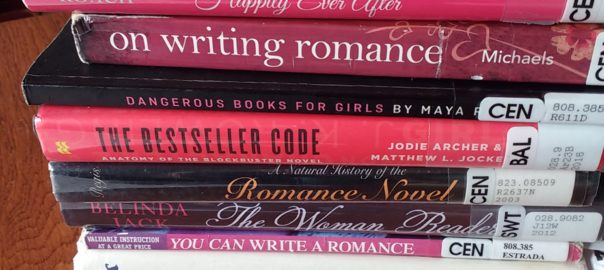
Over the summer, as my child started to sleep through the night and my mental powers of cognition started to return, I did some hard thinking about my writing career and which direction I want to go. I wrote a business plan. I thought about numbers and I thought about the number of stories rattling around in my head, wanting to get out. Ultimately, I decided to set aside some writing projects I’d been working on for a while and start something new and, seemingly, entirely different: historical romance. I have an eight (!!) book series planned, set in Gilded Age America — the first book is 1896 New York City.
Why romance?
I have two main reasons. First, I’m ready to write happy endings. Second, historical research is fun.
Happy Ever Afters
If you know anything about popular romances, you know that they always end with a couple happily together. Maybe with some sexy times, or maybe just with an as yet unconsummated plan to spend their lives together.
That’s not the sort of ending that I’ve written in the past. I have often written from songs, and you know what makes a good emotional song that gets stuck in my heart and my head and tickles around until it comes out as a novel? Tragic death. And you know who often dies? The lady.
I spent most of the summer reading about Spanish colonial California and working on a novella (that I thought would be a short story, but it kept growing) from the California ballad South Coast but as powerful as the story in that song is, I ultimately dropped it because it’s unavoidably about the death of a woman, who is half Native American in my mind, and you know what? Too many Native American women are dying in the present day. When I went looking for an article to link just now, Google autocomplete filled in “missing” after “native american woman” and that’s why I can’t write that story.
It’s a real pain for the Native American community and I am not going to be the one to add to that.
So that story’s in the drawer and I’m not sure I’ll ever take it out. I still love the song and I have no regrets about reading up on the Spanish and Mexican presence in Alta California. The song is tragic as all getout and the story was going to make you cry.
But so is the news, and there’s enough of that, don’t you think? I don’t think I’ve ever strayed into woman-in-refrigerator territory, but I don’t like looking back and seeing the stories I’ve written that involved dead ladies in various ways. I’m not going to write that any more.
The other draw of the Happy Ever After right now is the utopia/dystopia dichotomy in fantasy. I use fantasy here to indicate an imaginary world, which could be scifi, or Tolkienesque high fantasy, or historical fiction (which really can only be a view of the past through the lens of the present). Dystopian literature stands as a warning of future dangers, to show our characters fighting the good fight against tyranny and injustice. Utopian stories show the possibilities of a better world.
Haven’t there been a lot of popular dystopian stories lately? The Hunger Games, Game of Thrones, all that sort of rah-rah grim, dark world and brave hero(ine)s stepping up? Well, in the last year, for those of us in America with a progressive and liberal bent to our thoughts, the dystopia has become far too close to the everyday reality. We have rallied in the streets and taken up arms to fight against tyranny and corruption.
To me, writing fiction in that vein seems beside the point right now. I don’t doubt that others will take up the dystopian stories and write brilliant novels that will become our generation’s 1984, but the news makes me want utopian fiction. I can’t spend my workaday life fighting, and go back for more grimness in my leisure time. Therefore, romance and happy ever afters.
I’m not the only one feeling this way either. Romance is a progressive and feminist genre, so it’s no surprise that established romance authors are part of the resisterhood. You can read articles on the subject from Salon and Entertainment Weekly.
Historical Research is Fun
Seriously, half the reason I like writing stories is because it sends me out reading other stories. The writers’ internet is overflowing with jokes around “don’t check my browser history.” Since I’m not writing thrillers or murder mysteries I don’t have to crack wise about the FBI watching me, but I end up looking all sorts of things. Did you know that by the 1840s California was overrun by horses and cattle, and cowhides were basically used as currency? That Mrs. Lucy Carnegie, in 1894, was the first female member of the New York Yacht Club? That the florist business in early New York City was dominated by Greeks? All these facts and more I have learned recently and all these details go into making my stories come alive with verisimilitude.
Writing stories set in the 1890s is particularly fun/dangerous because Google books has scanned a vast amount of printed matter, now out of copyright, and made it available online. Do I want to know what sort of clothing my gentleman wears to a party in 1896? I search for men’s suit and restrict the years to 1890-1900 and peruse the ads of the day until I have enough clues to narrow down and choose his wardrobe. It’s tempting to just sit and read vintage periodicals, and I admit I’ve ordered a couple antique books that weren’t too expensive so I can thumb through them. I’ll be sharing some of the things I find on the blog as I continue. Not everything fits into the story, but some of it is too to pass up!
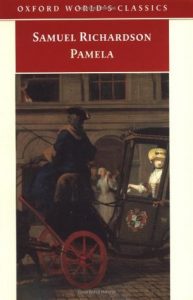 Classic Precursors & Early Romances
Classic Precursors & Early Romances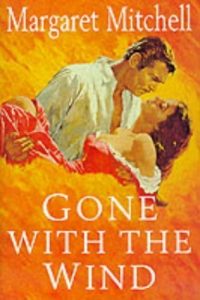 Mid-Twentieth Century Romance
Mid-Twentieth Century Romance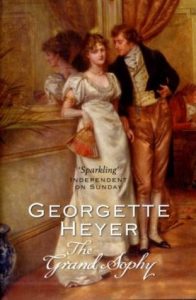 Regencies
Regencies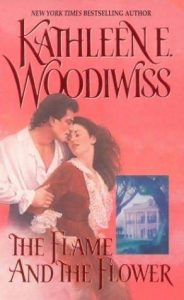 Bodice Rippers
Bodice Rippers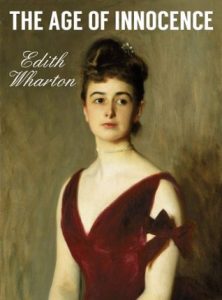 American-set Historical Romance
American-set Historical Romance